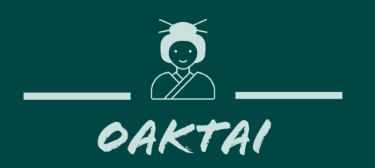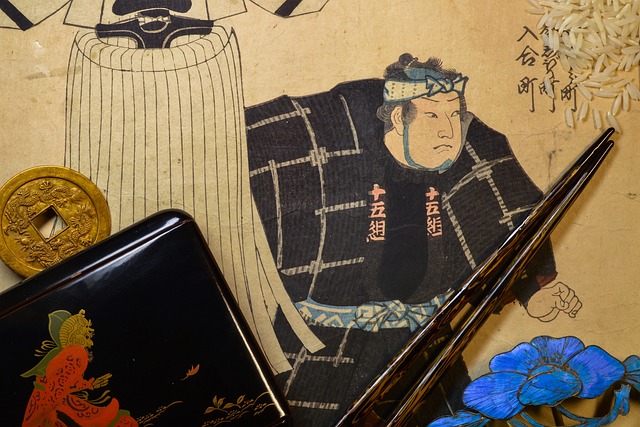
In the bustling cities and peaceful countryside of Japan, there is a rich tradition of art and culture that has captivated the world for centuries. One aspect of this tradition that has gained particular acclaim is the art of woodblock printing. These prints are a true testament to the skill and creativity of Japanese artists, and have been renowned for their beauty and ability to capture the essence of their subjects.
Woodblock printing in Japan dates back to the 8th century, when Buddhist scriptures were painstakingly reproduced by hand. Over the years, the process and techniques used in woodblock printing continued to evolve, resulting in a wide variety of styles and subjects. Perhaps most famously, woodblock printing was used to create ukiyo-e prints in the late 17th century, depicting scenes of daily life, landscapes, and famous actors and courtesans.
The creation of a woodblock print involves multiple steps, often requiring the collaboration of several artists. First, a design is drawn onto paper, which is then pasted onto a wooden block. The design is then carved out of the block, leaving only the areas to be printed raised. Ink is then applied to the block and paper is pressed onto it, creating a print. The process can take several days, and requires immense skill and precision.
Despite the painstaking nature of the process, woodblock printing remains a beloved art form in Japan and around the world. Today, contemporary artists continue to create stunning woodblock prints that capture the spirit of Japan’s rich cultural heritage. Whether depicting the beauty of nature, the energy of the city, or the elegance of a geisha, these prints continue to captivate viewers with their intricate detail and timeless beauty.
Origins and Development
The origins of woodblock printmaking in Japan can be traced back to the 8th century, during the Nara period. It was during this time that Buddhism was introduced to Japan, bringing with it the need for religious texts and scriptures to be reproduced. Buddhist monks played a crucial role in the development of early printing techniques, as they were responsible for transcribing and duplicating these sacred texts.
Influence of Buddhism and Early Printing Techniques
The process of woodblock printing began with the carving of Chinese characters onto wooden blocks. These blocks were then inked and pressed onto paper to create multiple copies of the text. The influence of Buddhism in Japan led to the refinement of these printing techniques, as the demand for religious texts grew.
Over time, woodblock printing techniques expanded beyond religious texts and started to incorporate illustrations. This shift gave rise to a new form of art, known as “e-hon” or picture books. These early woodblock prints depicted various subjects, including landscapes, animals, and mythical creatures.
Development of Ukiyo-e in the Edo Period
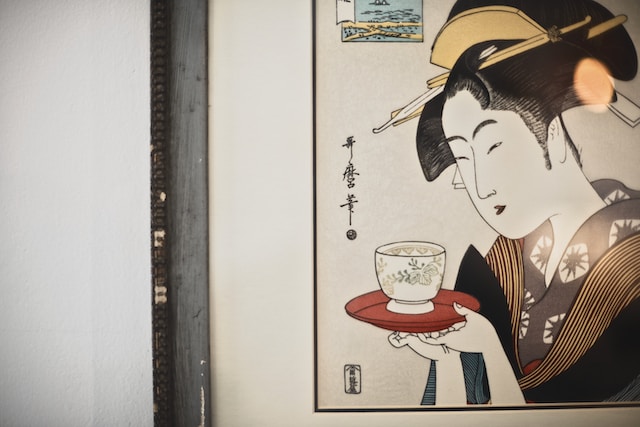
The true pinnacle of woodblock printmaking in Japan came in the Edo period (1603-1868), with the development of ukiyo-e prints. Ukiyo-e, meaning “pictures of the floating world,” captured scenes of everyday life, entertainment, and the pleasure quarters. It was during this time that woodblock printing truly flourished and reached its peak.
The popularity of ukiyo-e prints can be attributed to the rapid growth of cities, the rise of the merchant class, and the flourishing entertainment districts. People from all walks of life were drawn to these vibrant prints, which provided an escape into a world of beauty, elegance, and sensuality.
The production of ukiyo-e prints involved a collaborative effort between various artists. The process began with the designer, who would create the initial sketch or painting. This design was then handed over to the woodblock carver, who meticulously carved the image onto a wooden block. Finally, the printer would apply ink to the block and press it onto paper, creating the final print.
The Legacy of Woodblock Prints
While the popularity of woodblock prints declined with the advent of modern printing techniques, their legacy lives on. Today, contemporary artists and printmakers continue to honor the tradition of woodblock printing, creating stunning works of art that pay homage to Japan’s rich cultural heritage.
The intricate detail, vibrant colors, and emotional depth captured in these prints have made a lasting impact on the art world. Woodblock prints are revered for their ability to not only depict physical beauty but also convey a sense of mood, atmosphere, and narrative.
Key Artists and Styles
Within the world of woodblock prints, there are several renowned artists who have made significant contributions to the art form. Two of the most influential figures in ukiyo-e prints are Katsushika Hokusai and Utagawa Hiroshige.
Hokusai, also known as Hokusai Katsushika or simply Hokusai, was a master artist who lived during the Edo period. He is best known for his series of prints titled “Thirty-Six Views of Mount Fuji,” which includes the iconic print “The Great Wave off Kanagawa.” Hokusai’s distinctive style often featured bold, sweeping lines, vibrant colors, and a meticulous attention to detail. His prints captured a wide range of subjects, from landscapes and nature to everyday life and mythology.
Hiroshige, whose full name was Andō Hiroshige, was another prominent ukiyo-e artist of the Edo period. He is famous for his series “The Fifty-Three Stations of the Tōkaidō,” which depicted the various stops along the famous Tōkaidō road. Hiroshige’s style differed from Hokusai’s in that he focused more on creating atmospheric landscapes, using techniques such as bold compositions, dramatic use of color, and the integration of weather elements to evoke a sense of mood and emotion.
Different Artistic Styles within Ukiyo-e
While Hokusai and Hiroshige are esteemed figures in woodblock printing, it is important to note that ukiyo-e encompassed a wide range of artistic styles and subjects. Here are a few examples:
Bijin-ga: This style focuses on the portrayal of beautiful women, often geishas or courtesans. Bijin-ga prints were highly sought after and depicted women in various settings, showcasing their grace and elegance.
Yakusha-e: These prints depicted actors and scenes from kabuki theater. Yakusha-e prints captured the theatricality and drama of kabuki performances, showcasing actors in elaborate costumes and dynamic poses.
Fūkei-ga: Fūkei-ga prints, also known as landscape prints, showcased the beauty of Japan’s natural scenery. These prints often featured famous landmarks, such as Mount Fuji or rivers and bridges, and aimed to depict the serene beauty of the country’s landscapes.
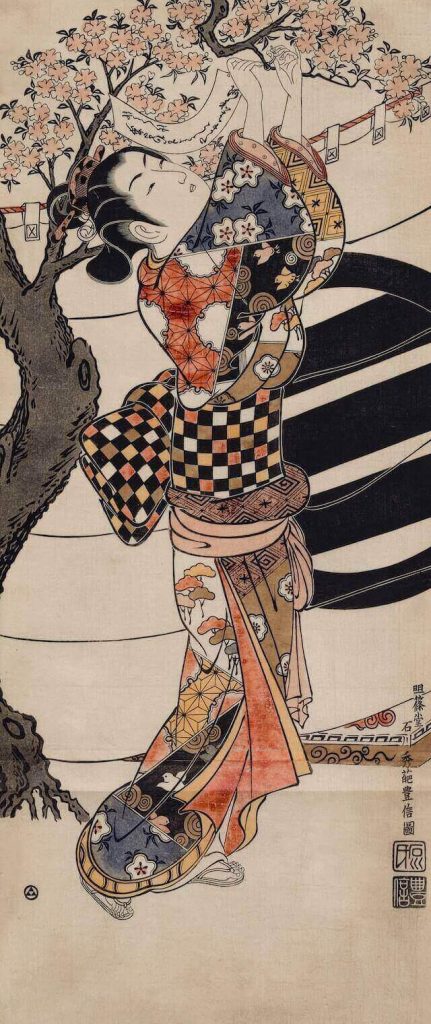
Themes and Subjects Depicted in Woodblock Prints from Japan
Woodblock prints covered a wide range of themes and subjects, providing a glimpse into various aspects of Japanese culture and society. Here are some common themes found in ukiyo-e prints:
Nature: Woodblock prints from Japan often celebrated the beauty of nature, portraying landscapes, animals, and seasonal changes. Cherry blossoms, bamboo forests, and serene lakes were frequently depicted in these prints, capturing Japan’s deep appreciation for the natural world.
Daily Life: Ukiyo-e prints also provided a window into the daily lives of people in Edo-era Japan. Scenes of markets, festivals, tea houses, and samurai warriors were popular subjects, offering a glimpse into the vibrant culture and social dynamics of the time.
Mythology and Folklore: Woodblock prints frequently drew inspiration from Japanese mythology and folklore. Creatures like dragons, demons, and spirits were often depicted, intertwining fantasy with reality and showcasing Japan’s rich storytelling traditions.
Travel: Woodblock prints from Japan depicting famous travel routes, pilgrimage sites, and scenic spots allowed viewers to experience the thrill of exploration and adventure. These prints served as both travel guides and souvenirs, capturing the essence of Japan’s diverse landscapes.
Ukiyo-e prints continue to inspire and influence artists today, with their enduring beauty, storytelling ability, and cultural significance. Whether depicting everyday life or transporting us to a mythical realm, these prints remain a treasured testament to Japan’s artistic heritage.
The Printmaking Process
Creating a woodblock print is a meticulous and time-consuming process that requires a high level of skill and craftsmanship. From the initial design to the final printed image, every step is carefully executed to ensure the highest quality and fidelity to the artist’s vision. Let’s delve into the detailed journey of creating a traditional woodblock print.
Materials and Tools Used in Ukiyo-e
To embark on the journey of creating a woodblock print, a printmaker must gather a handful of essential materials and tools. Firstly, the artist needs a sturdy wooden block, traditionally made from cherry or pear wood, as the foundation for the printing plate. Additionally, fine Japanese washi paper, renowned for its strength and ability to withstand the printing process, is carefully selected. Other vital tools include sumi-e ink, brushes, chisels, gouges, and a baren, which is a handheld disc used to apply even pressure during the printing process.
Carving, Inking, and Printing Techniques
Carving:
The first stage of the woodblock printmaking process is carving the design onto the wooden block. This intricate and labor-intensive task is performed by a skilled woodblock carver. Using chisels and gouges of various sizes, the carver meticulously sculpts away the non-printing areas of the block, leaving the desired design in relief. This delicate work demands utmost precision and a deep understanding of the desired outcome.
Inking:
Once the carving is complete, the printmaker moves on to the inking stage. Sumi-e ink, known for its rich black hue, is meticulously applied to the surface of the wooden block using a brush. The ink is applied evenly, ensuring that each carved line and contour absorbs the pigment. This process requires a deft touch and a keen eye, as any unevenness or excess ink can significantly impact the final print.
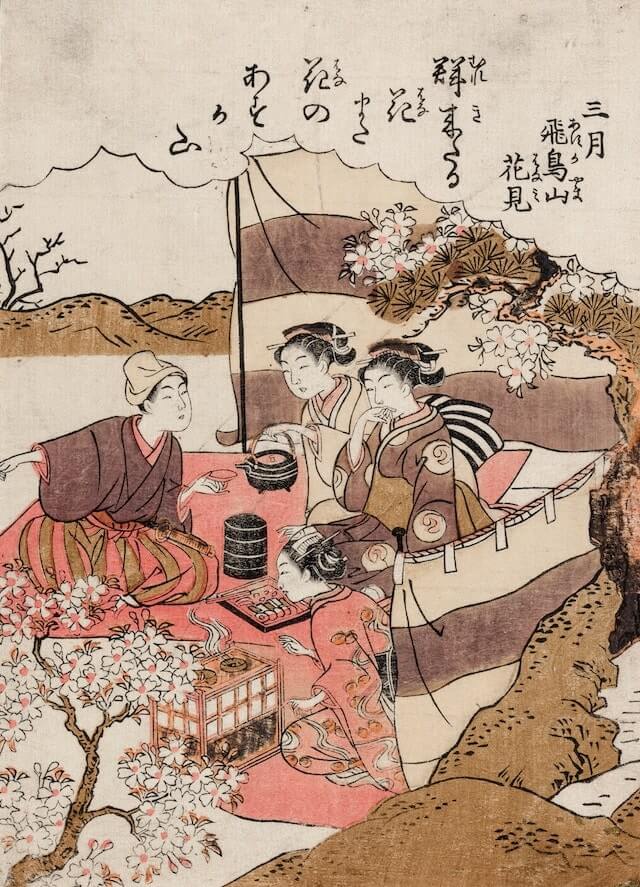
PRINTING:
The final stage of the woodblock printmaking process is the actual printing. A sheet of washi paper is carefully laid over the inked block. To transfer the image onto the paper, the printmaker applies pressure using a baren, methodically rubbing the surface to ensure complete contact between the block and paper. The pressure applied must be even and consistent, as any deviations can result in uneven ink distribution or incomplete transfers.
Once the printing is complete, the paper is peeled away from the block, revealing the finished woodblock print. This moment, when the design comes to life on paper, represents the culmination of hours of dedication and craftsmanship.
Collecting and Appreciating Woodblock Prints from Japan
The beauty and cultural significance of woodblock prints have captivated art enthusiasts and collectors for centuries. Owning a piece of this artistic tradition allows one to connect with the rich cultural heritage of Japan and experience the timeless beauty and craftsmanship of these prints.
When embarking on the journey of collecting woodblock prints from Japan, it is important to consider several factors.
- Consider the condition of the print. Look for prints that are well-preserved, without major tears, stains, or fading. The paper should be in good condition, with no signs of brittleness or discoloration. Additionally, pay attention to the colors in the print. Vibrant, well-preserved colors are a mark of quality and indicate a well-maintained print.
- Authenticity is also vital when collecting woodblock prints. In the world of art, there can sometimes be reproductions or forgeries, and it is essential to ensure that the print is an original work. Research the artist’s signature, the publisher, and any relevant historical information to verify the authenticity of the print. Consulting with experts or reputable galleries specializing in Japanese prints can provide valuable guidance in this regard.
- Consider the edition of the print. Some woodblock prints from Japan were created in limited editions, with a specific number of prints produced. These limited editions tend to be more valuable and sought-after by collectors. It is worth noting that certain prints may have gone through multiple editions, so understanding the edition history can help determine the rarity and value of the print.
When displaying woodblock prints from Japan, it is important to preserve their longevity and integrity. UV-protective glass or plexiglass should be used to shield the print from harmful sunlight, which can cause fading and deterioration over time. Avoiding high humidity and extreme temperature fluctuations is crucial in maintaining the stability of the print.
Woodblock prints from Japan offer a unique window into the past, capturing a specific moment in history and conveying the emotions, traditions, and landscapes of Japan. Each print tells a story, inviting viewers to step into a world of beauty, spirituality, and everyday life. As a collector or enthusiast, immersing oneself in the world of woodblock prints is an enriching experience that can offer a lifetime of discovery and appreciation for this treasured art form.
